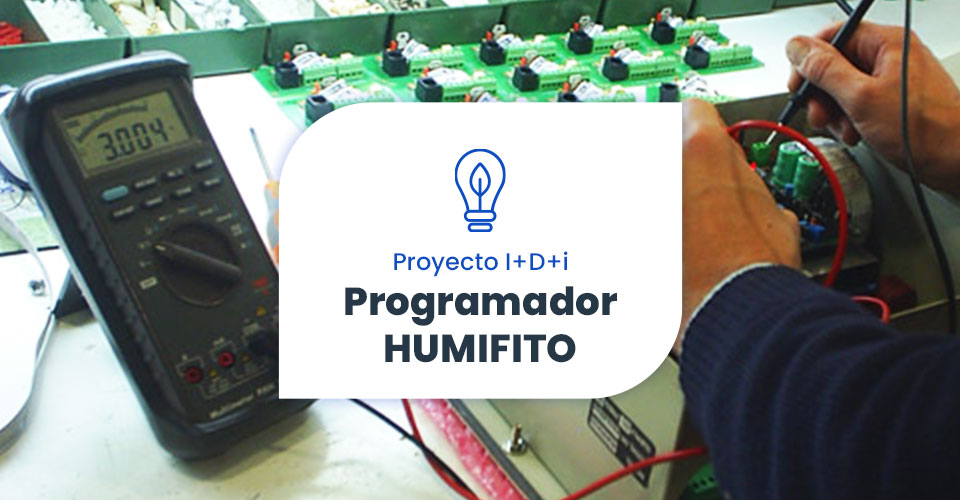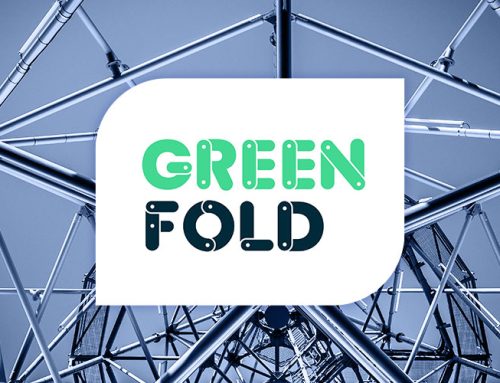Programmer for phytosanitary control HUMIFITO®.
Development of a controller capable of managing a humidity system and a phytosanitary treatment system in an autonomous and intelligent way.
This project consists of the development of a controller, whose main feature is the reduction of occupational hazards and the search for the welfare of the agricultural operator during his work inside the greenhouse.
Objectives
1.- Eliminate the operator’s exposure to phytosanitary products. 2.- To improve the environmental conditions inside the greenhouse. 3.- To reduce as much as possible the emission of phytosanitary products inside the greenhouse. We seek to improve the working conditions of agricultural workers and a better environmental management derived from the necessary use of phytosanitary products.Impact on Agriculture
The development of the new controller will result in the following changes in agriculture:- Reduction of the emission of toxic gases into the atmosphere due to the automated control of the treatment system.
- Greater occupational safety for the agricultural worker, since the operator is not present when carrying out the phytosanitary treatment operations. With the use of the new controller this operation will be carried out automatically and during night hours, thus increasing its efficiency.
- Decrease in agricultural production costs for two reasons: the operation of phytosanitary treatments does not require labor, and the cost of the humidity system and the treatment system decreases considerably, since it becomes a single system.
Innovations
The most important functional and technological innovations of the project will be the following:- Automatic control of phytosanitary treatments and humidity system.
- Control of the emission of toxic gases into the atmosphere to preserve the environment. Currently, in spite of a much smaller surface area, greenhouse cultivation involves large emissions of phytosanitary products into the environment, due to the greater number of treatments, since these produce a favorable microclimate for the development of pests and diseases.
- Automatic treatment dosing control, reducing toxic gas emissions to the atmosphere.
PARTNERS
- NOVAGRIC (Novedades Agrícolas, S.A.)
- University of Almeria
FINANCING
CDTI ProjectCategorías
Últimas novedades
- HORT2THEFUTURE. Oxygen irrigation to improve soils
- HORT2THEFUTURE. Oxygen irrigation to improve soils
- GREENFOLD. Foldable and Reusable Greenhouses
- DARkWIN. Project to improve crops in the face of climate change
- +PreVENT. Positive pressure system for ecological greenhouses
- Novagric develops Solidarity Agricultural Projects
- Carbon Fertilisation Levels in Greenhouses
- How to control the climate during carbon fertilisation
- i-GROW. Protected crop management support systemtivos protegidos
- VERTICAL SUNNING. Vertical farming without artificial light






